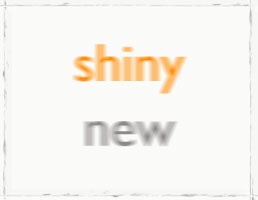The Designful Company – How to build a culture of nonstop innovation
By Marty Neumier
Take-a-ways (not really a book review) September 2010
Wicked problems, and what to do with them; this is the start of Neumier’s whiteboard overview on how to build a culture supportive of nonstop innovation.
The success of Six Sigma essentially commoditized “quality” in today’s products. Customers now expect reliability in the products and services they buy which effectively removes quality as a competitive advantage for companies.
“…differentiation is becoming the most powerful strategy in business and the primary beneficiary of innovation.”
Innovation drives differentiation, and design drives innovation. Think of the ways in which customers are more engaged in their relationship with your brand, product or service. The bar has been risen across the board, in terms of who buys your stuff, where they use it, how they use, when they want to give it back to you…”meaning talks, money walks…”
“The management innovation that is destined to kick Six Sigma off its throne is design thinking.”
“ If you wanna innovate, you gotta DESIGN.”
So why aren’t more companies starting with design? Where has it been relegated to in the product development cycle? Historically “as a beauty station for identities and communications, or as the last stop before product launch.”
Design-driven equation for sustainable profits:
“Design drives > Innovation powers > Brand build > Loyalty sustains > Profits”
Another way to look at this is “difference x design = delight”. Your customers are delighted with your products because your designs drove innovation, and in turn drove differentiation amongst your competition. Delighted customers are loyal customers, and loyal customers return to spend their money with you, without the overhead of the loyalty program to entice them; your product/service is doing that work.
“Organic loyalty beats artificial loyalty every time.”
…Your company needs to understand and be able to predict/lead/react to market and consumer dynamics with agility. Organizational agility is dependent upon your company developing a “designful mind”.

